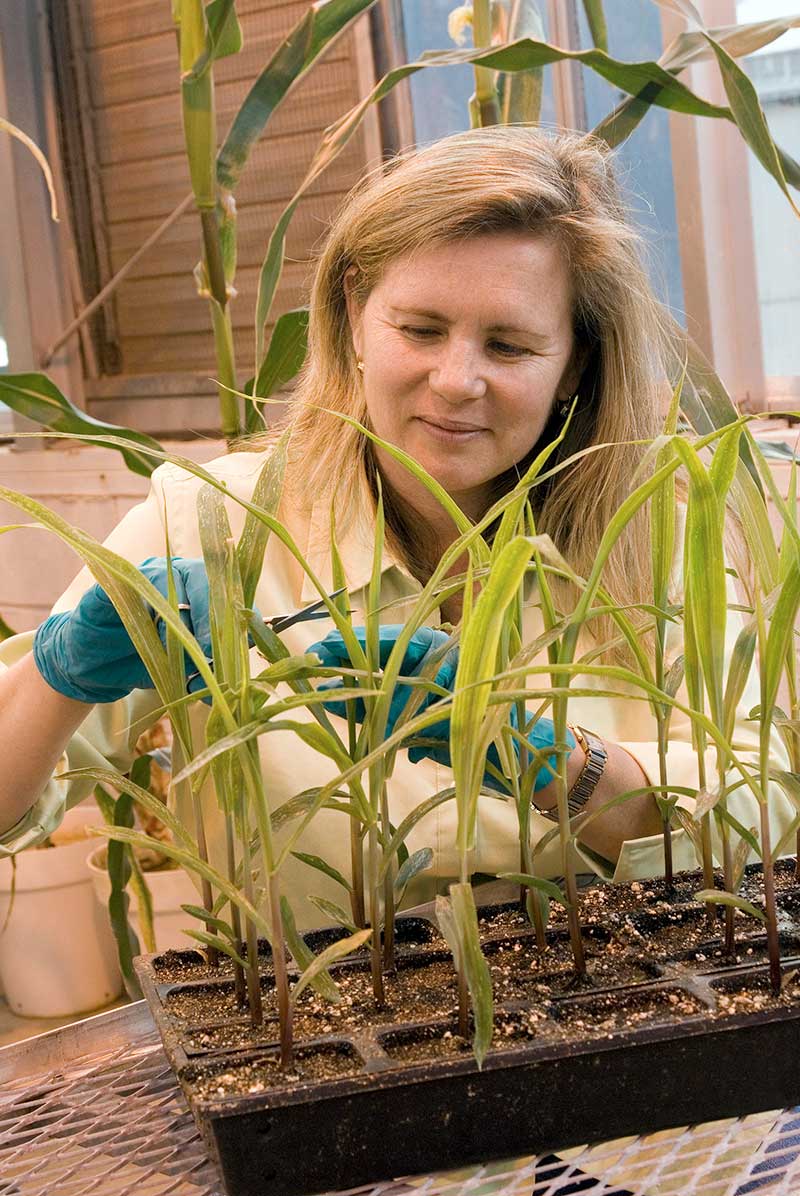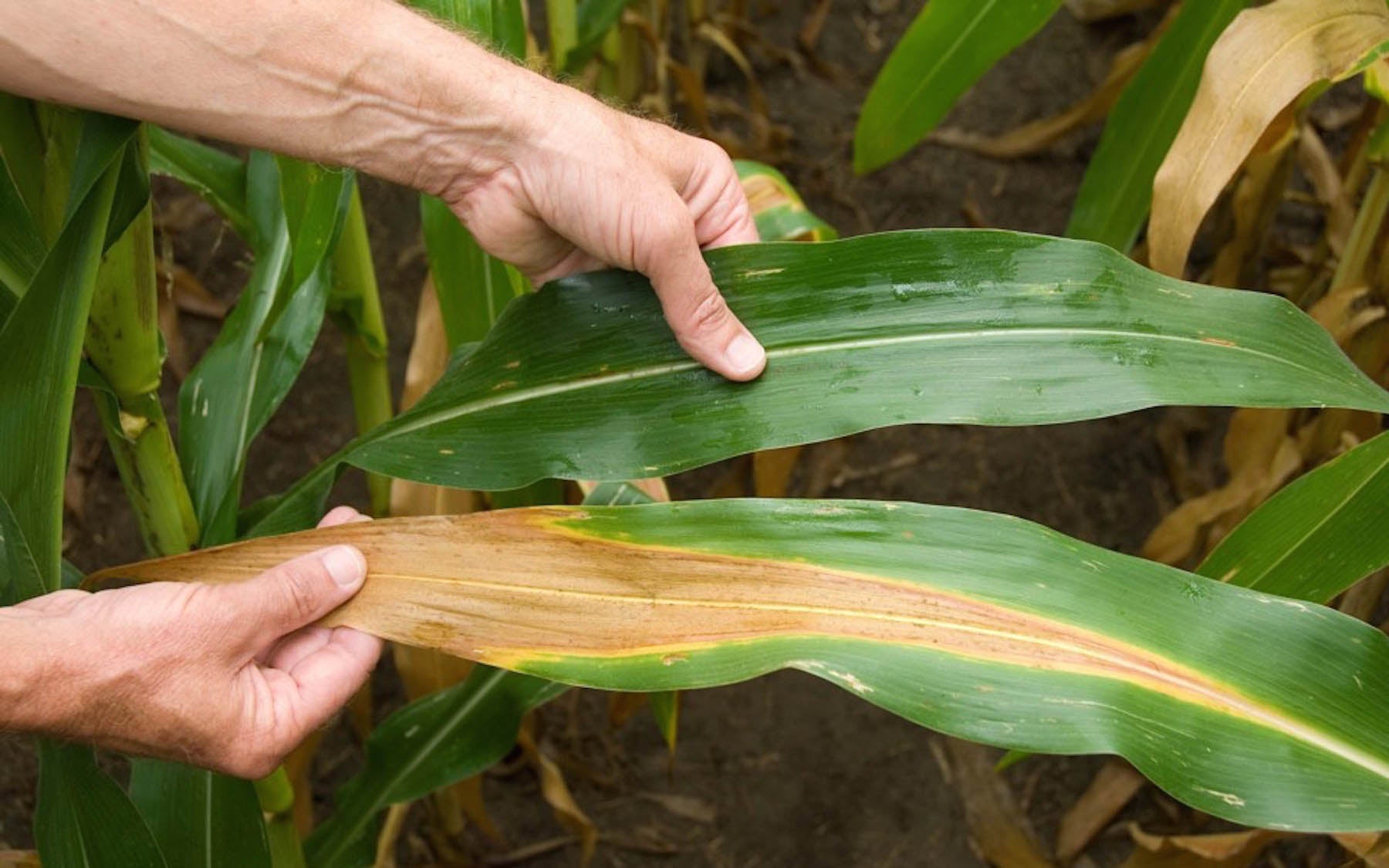Cold Spring Harbor, NY — Nitrogen is vital for all plants: it is an essential building block for all of their proteins, and required for the metabolic processes they need to survive. Fertilizers that contain nitrogen are used to support plant growth and boost crop yields, but excess nitrogen that is not taken up by plants damages the environment when it reaches streams, lakes, and coastal waters or enters the atmosphere as a greenhouse gas.
Plant scientists and traditional plant breeders have long been working to develop plants that use nutrients in the soil, like nitrogen, as efficiently as possible. Cold Spring Harbor Laboratory’s Adjunct Associate Professor Doreen Ware, a scientist with the USDA’s Agricultural Research Service (ARS), is bringing a new level of precision to that quest.

“We have been looking at proteins that control the expression of genes involved in nitrogen metabolism in plants—the genes involved in nitrogen uptake through roots, and nitrogen transport through tissues,” Ware explains. “These proteins and the genes they control—these networks—may change depending on how much nitrogen is available in the soil.”
Most of the gene-regulating proteins that have so far been tied to nitrogen metabolism oversee essential processes that plants rely on regardless of nitrogen availability. The networks that adjust nitrogen transport and metabolism as needed, on the other hand, remain largely uncharted.
In a new study reported on October 24th in the journal Nature, Ware and her team used molecular experiments and computational approaches to identify a set of gene regulators that plants might use to change nitrogen use. Collaborators at the University of California, Davis tested those potential players, assessing how plants cope without them when nitrogen is in short supply.
Although many of the gene regulators on the list appeared to be dispensable when plants were grown with ample nitrogen, the researchers found that eliminating some of them from plants that grew where nitrogen was scarce stunted growth and distorted roots.
This work points Ware and her colleagues to networks of genes that help keep nitrogen in the right places at the right times. It may lead to opportunities to develop plants that are better suited to thrive under different environmental conditions.
“With more insight into the genes involved in nitrogen metabolism, it may turn out that we could tweak different genes in plants and help them utilize available nitrogen and flourish in varying environmental conditions,” Ware says.
Written by: Jennifer Michalowski, Science Writer | publicaffairs@cshl.edu | 516-367-8455
Funding
The work was supported by Corteva Agriscience, Agriculture Division of DowDuPont, formerly DuPont Pioneer, with additional support from the National Science Foundation, the Howard Hughes Medical Institute and University of California fellowships.
Citation
Gaudinier A. et al. “Transcriptional Regulation of Nitrogen-Associated Metabolism and Growth” is available online ahead of print and will appear in the November 8, 2018 issue of Nature. The paper was published online in advance on October 24.

